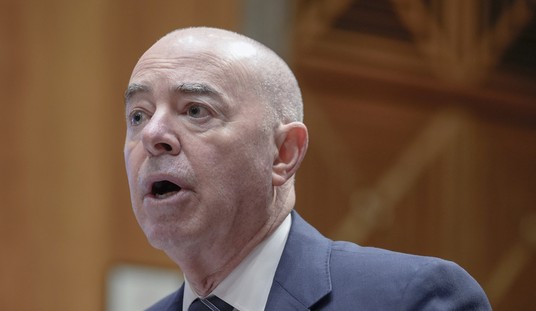If you are discerning about the coffee you drink and grind your own beans, you may want to consider roasting your own coffee beans at home. When a friend first suggested it to me, I dismissed it, since I can buy freshly roasted beans from a number of local coffee shops. But I took the plunge a couple of years ago, and it’s now become routine. While it may seem complicated, with some of the new home roasters, it’s not much more difficult than brewing a pot of coffee. But most importantly, you’ll enjoy some of the best coffee you’ve ever had, tailored to exactly your tastes.
You begin with green coffee beans that are available from a number of online retailers, and even from some local coffee roasters. The beans keep for a year without deteriorating and cost about half that of roasted beans.
I purchase beans online from Sweet Maria’s, an Oakland, CA company that sells a huge variety of green coffee beans from dozens of countries. The company offers about 70 different varieties of green coffee beans priced from $5-$7 per pound, as well as a wide range of roaster equipment. Each coffee varietal and blend is described in depth on their website, including how and where it was grown, along with detailed tasting notes. The very informative website explains essentially everything else you need to know.
For roasting you can use something as simple as a cookie tray or an air popper, but you are much better off with one of the coffee roasters that are designed to let you control the temperature and time (the roasting “profile”) and that provide uniformity and repeatability of roasting. The process is to heat up the beans to about 400 degrees, while tumbling the beans to ensure uniform roasting. The various machines typically consist of a cylindrical chamber in which you place the beans, a motor to rotate the chamber, and a heater.
I’ve been using the Gene Café Roaster, available from Batch Coffee, Sweet Maria’s, Amazon, and elsewhere. It’s mid-priced among the available home roasters at $515, with others ranging from $250 to $1000.
The glass chamber provides excellent visibility to the beans as they turn from green to cinnamon color and finally to their completed state of a medium to a deep brown color. You use the color and some audible cues to determine when the coffee is done. The entire roasting process with this machine takes about 11-16 minutes and then goes through an automatic 10-minute cooling process by blowing unheated air over the beans.
The kind of roast you want determines the length of the roast. Roasting is completed anywhere between the end of what’s called the “first crack” to a minute or two past the beginning of the “second crack.” The first crack occurs about ten minutes into the process, as the beans turn from cinnamon to a medium brown and you hear a succession of pops, much like popcorn. As the first series of pops are completed, this point is called a City roast. Additional roasting will result in more popping sound a minute or two later, called the “second crack.” Just prior to this occurring is called a Full City roast. And at the point when the 2nd cracking begins is a Full City+ roast.
Continuing roasting past the second crack results in a dark roast with the beans turning glossy, often called a French roast.
You can use most beans for either coffee or espresso, varying the roasting time. Espresso usually is roasted closer to the second crack. Some beans are better for one or the other; the beans you buy often note at what level they should be roasted. Rather than using a single origin bean, I prefer a blend, such as New Classic Espresso from Sweet Maria’s, because I drink mostly cappuccinos and this provides a very mild and smooth taste.
I also roast beans from Sumatra for my wife, stopping the roast at City plus. She grinds them and then uses them in a reusable single serving K-cup with a Keurig machine. She says it far better than any prepackaged K-cups available.
As the coffee is roasting, smoke comes out of a small chimney, so it’s best to do the roasting outdoors, under a vent in your kitchen, or with a dryer hose running out a window.
Once the roasting is completed you want to allow the beans to rest and not use them right away. The optimum time is about 2 days, but I’ve made coffee just a couple of hours after roasting with excellent results. The results are much better than the what you can buy, even from small artisan roasters.
While roasting is not for everyone, it is simple to do and provides some of the best coffee you’ll ever drink.









Join the conversation as a VIP Member